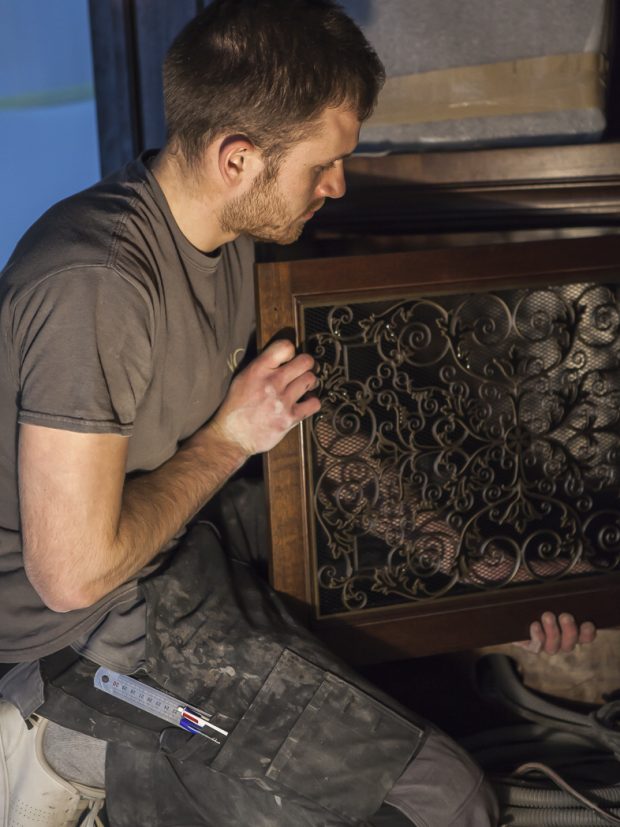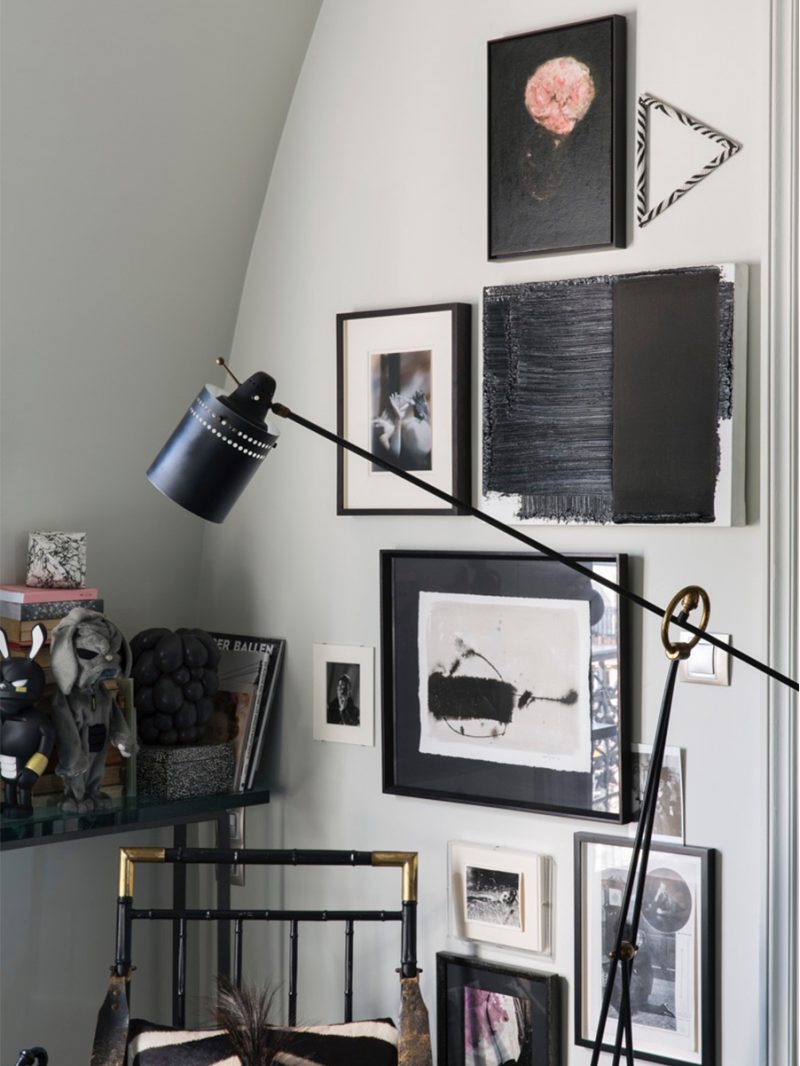Craftsmanship
In the past few years there has been a growing trend of going back to the hand-made origins of things, to small-batch, considered workmanship and nowhere is this more evident than the world of décor and design. The notion of true craftsmanship is so much more than just the finished product; it’s the idea of art forms that have all but vanished from society and the master artisans behind these skills.
This is not to say that the craft cannot be contemporary, as designs can easily be adapted and changed, all that is required is that the fundamental skill involved not be altered. Today, there is an undeniable symbiosis between the client, who acts as something of a modern-day patron, the designer, who plays the role of conductor, and the craftsmen who give their talent life.

This is a relationship that HZI understands, with the studio taking the time to nurture the talent and relationships that makes this unique offering possible. With the studio’s network of artisans from around the world and extensive infrastructure, it is able to offer this specially tailored experience while still honouring, and preserving, the ancient craftsmanship that it entails.
To fully appreciate the idea of craftsmanship is to understand that it always comes down to design and detailing. This doesn’t necessarily mean that it requires the persnickety twirls and flourishes of an 18th-century armoire, but what it does demand is an innate knowledge of the material at hand. Consider corrugated iron, which is hardly an aristocratic material, but in the right hands and with the right skill it can be elevated to a brilliantly clever expression.

To fully appreciate the idea of craftsmanship is to understand that it always comes down to design and detailing.


The scope of skill covered by craftsmen from around the world isn’t only expansive, but often unknown by most clients. There are almost no materials that cannot in some way to refined, altered and improved on by an artisan’s hand. Glass is turned into an art form through verre églomisé or sandblasting while faux bois, trompe l'oeil and scagliola offer unconventional yet ingenious finishes to any room. And who can overlook delicate plasterwork, where the forms have to be moulded, sculpted and then hand-painted. Of course, metal forging has seen a renewed interest in recent years (mostly thanks to the art world involvement in the revival of foundries), and this has had a knock-on effect in terms of furniture design. Finally, there’s the couture aspect: fine curtain-making, wall fabrics, embroidery and upholstery, all of which deal specifically with making the home a uniquely comfortable experience.
Working with artisans and their craft is a collaborative effort that sees the design studio and the client heavily involved with the final product and creating something that meets the demands of all. You could liken it to a chamber orchestra, where a few players work together to make something timeless and beautiful.



The scope of skill covered by craftsmen from around the world isn’t only expansive, but often unknown by most clients.








